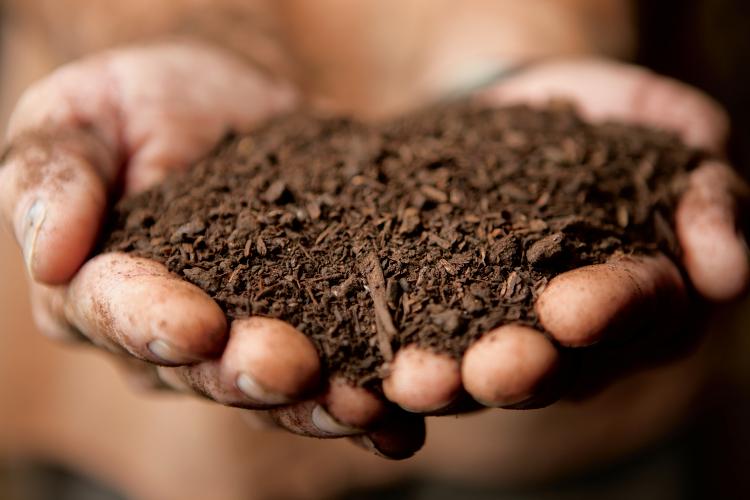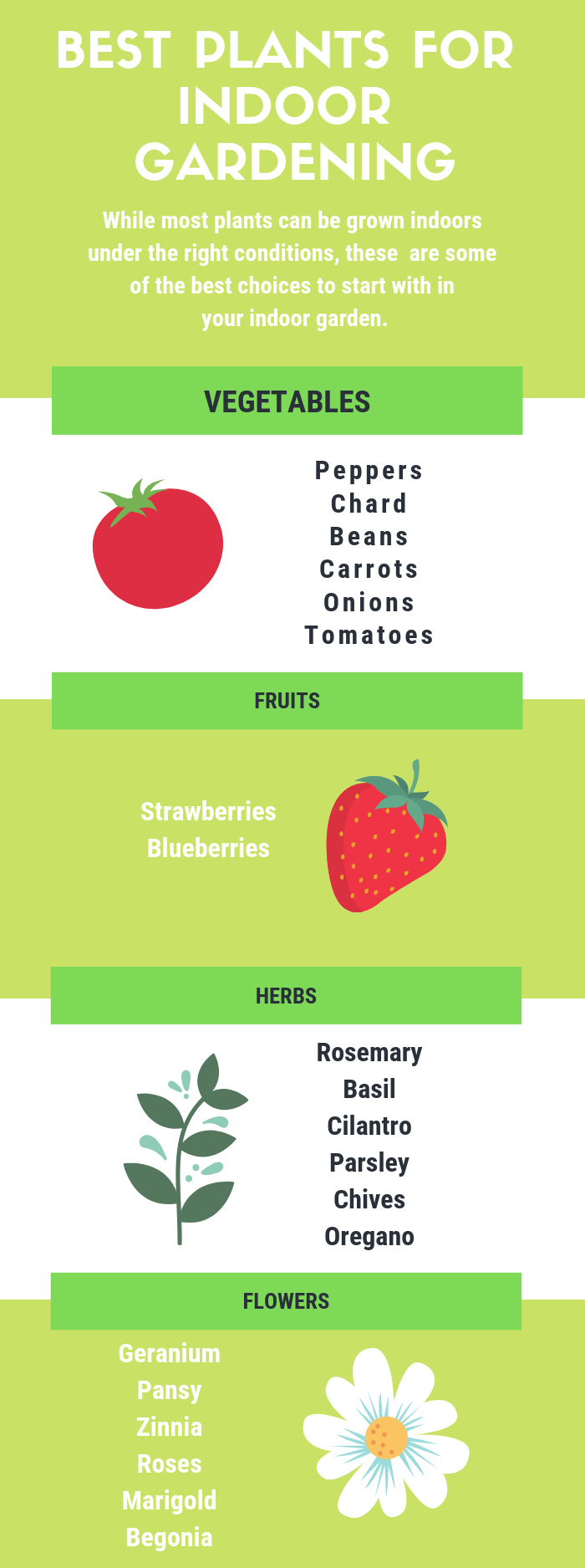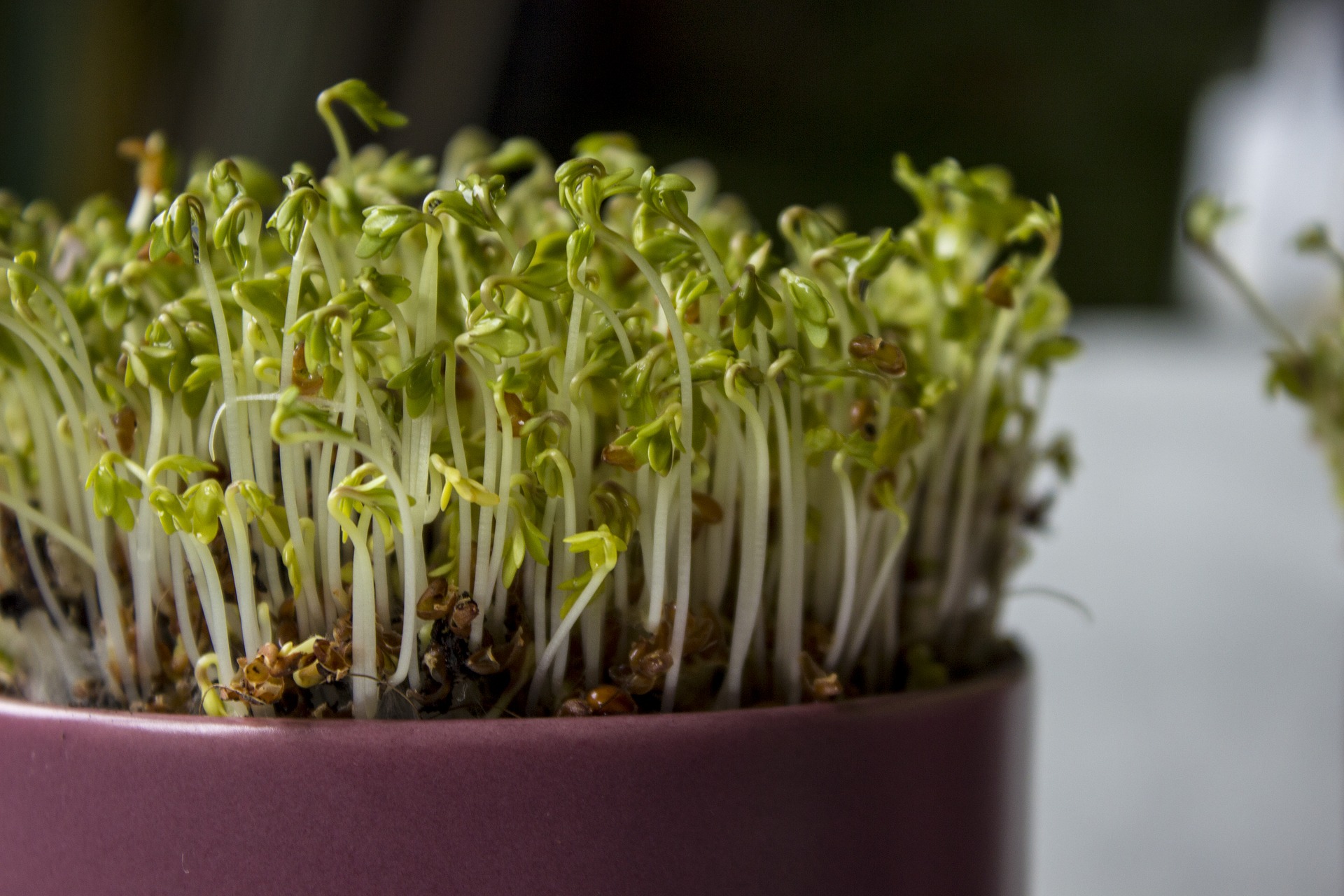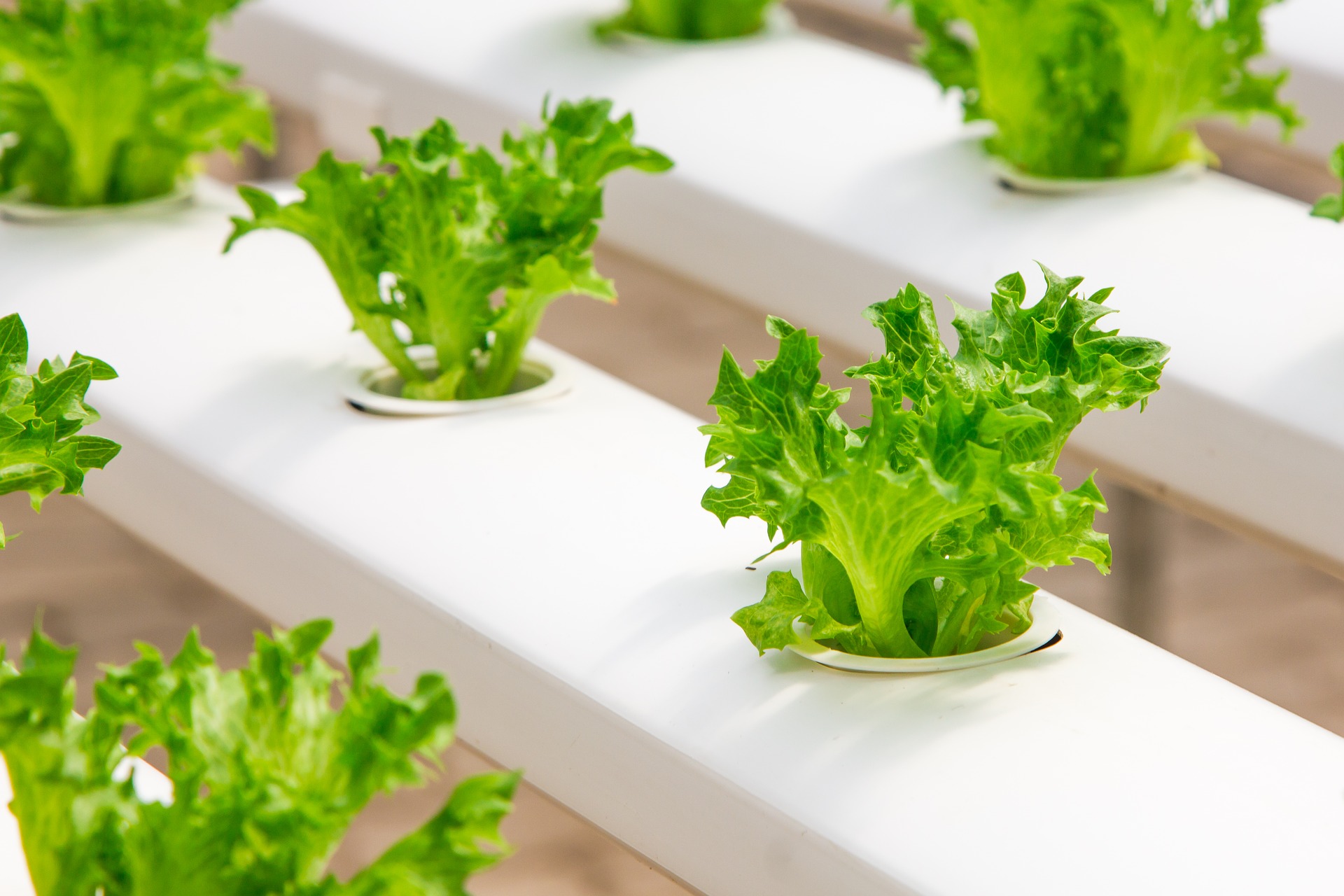Home > Lifestyle > Garden > Indoor Gardening Guide
Indoor Gardening Guide
As the weather warms up, we’ve all got spring gardening on our minds. However, not all of us have big backyards to till and cultivate each season. But don’t let your lack of outdoor space discourage you from growing delicious fruits, vegetables and herbs at home this year. Instead, use our simple Indoor Gardening Guide to get started with growing plants indoors, no greenhouse required.

The Benefits of Indoor Gardening
Why start an indoor garden? Even if you do have plenty of space outdoors, there are so many reasons!
- Indoor gardening allows you to garden all year-round.
- You can easily control the amount of water your plants get daily, so you’ll never have to worry about them getting too much when it rains.
- Plants aid in air filtration, which means better air quality at home.
- You can grab fresh herbs to garnish any meal right off the plants in your kitchen.
- A controlled, indoor environment allows for pesticide-free fruits and veggies.
- You can get ahead of the planting season by starting seeds early indoors. Alternatively, you can bring your plants indoors in the fall to make the harvest last longer.
- Plants add beautiful (and edible) decor to your home.
Getting Started
When you’re ready to get started on your indoor garden, first consider what you want to grow and find out which are the best varieties of those plants to grow indoors. For example, the best tomato varieties for growing indoors include Red Robin, Tiny Tim, Toy Boy and Florida Petite. Their smaller size makes them ideal for windowsills and indoor spaces. So before you sow your seeds, do a little research to find out if choosing a particular variety could help you have better luck with your indoor crops.
Space and Light
Indoor gardening can take up as little or as much space as you want to use for it. When planning your garden, think about which plants need the most sun and place them accordingly. Tomatoes, for example, need full sun and at least eight hours of light a day, so they do best on or near a windowsill. Mint, on the other hand, does well with indirect sunlight and can be placed a bit more toward the center of the room.
If you don’t have enough window space for all your plants, you can also consider purchasing grow stands with lights to fit your area. Florescent lights work best for growing herbs and plants that don’t need a lot of light, but compact fluorescent systems work better for plants that require more.
Temperature
The ability to control and stabilize the temperature of plants is one of the biggest benefits of indoor gardening. Cool-weather plants need temperatures between 50 and 70 degrees F. Warm-weather plants need temperatures between 60 and 80 degrees F. This makes it easy to grow your garden all year round at a comfortable indoor temperature. However, keep in mind that plants that require a lot of sunlight will need artificial light in the winter when the days are shorter.
Also, indoor air can be very dry in the winter, so a humidifier may be necessary. You’ll know the humidity level is too low if you see leaves with brown tips, withered-looking plants or plants losing their leaves.
Containers and Soil
Indoor gardens will thrive with the right container and potting soil. Outdoor soil isn’t the best option because it may contain weed seeds or insects. Instead, look for a soil mix labeled for indoor plants specifically. The best soil for indoor gardening should be loose and drain well.
For the container, use a pot with holes in the bottom and a tray beneath it to collect extra water. Think about how big the plant will be at maturity when you’re considering pot size. Generally, 2 gallons of pot size for every 12 inches of expected plant height will work well.
Seedling trays also work perfectly for starting seeds indoors in the early spring. This allows for growing many plants in a small place at once before transplanting them after four to six weeks.
Hydroponics
You may also want to consider indoor gardening with hydroponics. In hydroponic gardens, nutrients are sent to plants through water instead of soil. This type of gardening provides many benefits, including faster plant growth and less likelihood of disease. Many hydroponic systems are also small enough to fit conveniently on a kitchen countertop for growing greens and herbs. However, the pH of the water should be monitored on a regular basis for optimal plant health, which may be a bit more time-consuming than some gardeners would like.
See More: Southern Arkansas University Launches Hands-On Hydroponics Program

Which plants are you growing in your indoor garden? Let us know in the comments below!








[…] shown in this article, the first thing you have to work with is the space, as well as the amount of sunlight at […]
[…] Up the Grow Tent Frame: Assembling the grow tent frame is the first task on your indoor gardening agenda. With these straightforward steps, you’ll have a sturdy structure ready to house your […]